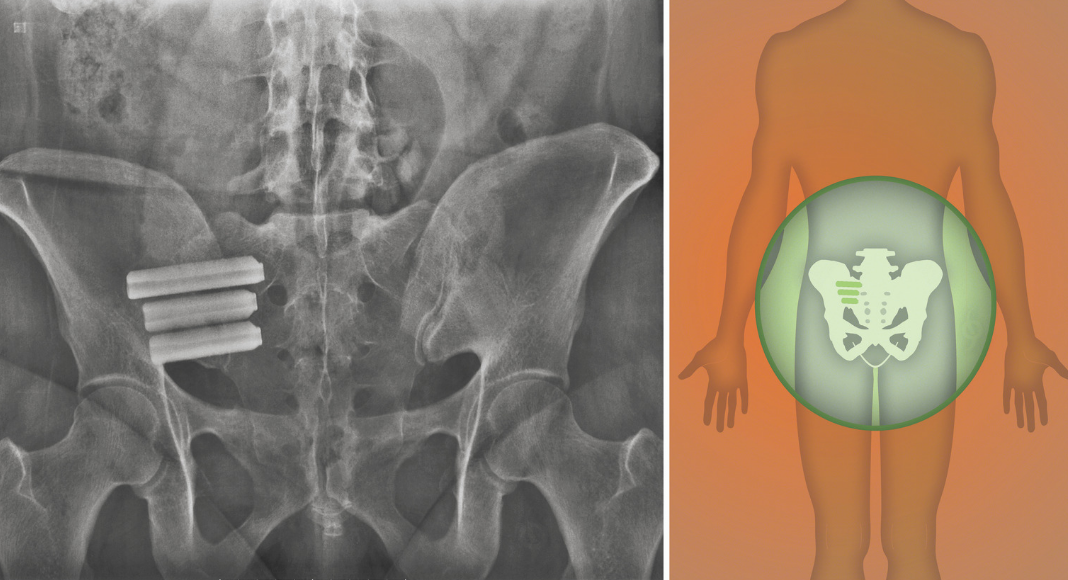Hey moms (and dads, too), how many times a day do we reach down for those little outstretched arms, twist to perfectly buckle those car seat straps (chest buckle at armpit height and not a centimeter higher or lower), and/or stretch for that sippy cup lid that has fallen in the back of the cabinet? Does a thousand sound about right? If you have lower back pain, it probably feels like closer to five million. Sometimes that back pain gets bad enough to finally see a doctor about it. When I visited my doctor, she suggested that the pain was normal strain from parenting small children, and with time and rest (ha! clearly this woman wasn’t a mother yet) plus some stretches and strengthening exercises, the pain would dissipate on its own. She was right, and when I was able to rest it, the pain did completely recede.
But what about when the lower back pain is too much to keep up with normal activities; when it’s stopping you from parenting the way you need to? When you’re constantly asking your partner to help because it just hurts too much to do it yourself, or even worse, missing out on those fleeting cuddles because the weight of holding your baby is too much for your body? What do you do when it gets progressively worse with each pregnancy you have, and the Tylenol you’re allowed to take just doesn’t touch the pain? Clearly, a more aggressive form of treatment is necessary at that point.
 There are so many avenues to try when it comes to lower back pain because lower back pain can have so many causes! Sure, it could be a strain from overuse, but one cause that should be considered is dysfunction of your SI (sacroiliac) joint.
There are so many avenues to try when it comes to lower back pain because lower back pain can have so many causes! Sure, it could be a strain from overuse, but one cause that should be considered is dysfunction of your SI (sacroiliac) joint.
And when you think about where this important joint is – where your pelvis and lower spine meet – it makes a lot of sense that it would take some major hits during pregnancy and childbirth.
The SI joint is right where all the extra weight and muscle action meet up. Here are a few common indicators of SI joint pain:
- pain in the lower back/pelvis/buttocks
- the feeling of leg instability (as if your leg might buckle or give away)
- disturbed sleep patterns due to pain from resting on one side
- unable to sit for long periods or finding it necessary to sit with your weight on only one side of the body
A short 7 question quiz can help you determine if your pain could be caused by the SI joint.
After determining with your doctor that your pain is being caused by your SI joint, there are a number of treatments and therapies available to you. Here are a few of the available options, short of surgery, that have published clinical studies proving effectiveness:
- Therapeutic SI Joint Injections – These direct injections of steroids into the SI joint can decrease pain and inflammation providing temporary relief lasting anywhere from days to weeks. Repeat steroid use can have side effects, so most insurances will only authorize a few of these each year.
- SI Joint Belts/Braces – By compressing and decreasing motion in the SI joint, these temporary non-elastic belts can help reduce symptoms.
- Physical Therapy – PTs can not only help you treat the pain, but are an invaluable tool for your doctor in getting to a proper diagnosis. Should you end up needing surgery, they’ll also be providing the support and exercises you need (both in clinic and at home) for your best possible recovery.
A list of other possible therapies can be found at SI-bone.com By using one or a mixture of these and other methods, some people can achieve enough relief to go back to normal activity. As with anything, though, sometimes these interventions aren’t enough and that persistent pain continues, even if slightly improved. At that point, it might be time to think about an SI joint fusion surgery.
 The idea of joint fusion surgery, especially when you’re in the prime time of parenting, might initially sound too daunting to think about. However, by using the minimally invasive iFuse procedure, surgeons have found that patients who started experiencing SI pain during or shortly after pregnancy have been able to find long term pain reduction and a marked improvement in quality of life.
The idea of joint fusion surgery, especially when you’re in the prime time of parenting, might initially sound too daunting to think about. However, by using the minimally invasive iFuse procedure, surgeons have found that patients who started experiencing SI pain during or shortly after pregnancy have been able to find long term pain reduction and a marked improvement in quality of life.
[quote]I was up and out of my bed that same day, and into physical therapy. I gardened all summer, and it wasn’t a problem for me.[/quote]
– SI-Bone Patient
Now, I’m not interested in gardening, to be honest, but wrangling my kids into swimsuits and then sitting poolside in one of those uncomfortable lounge chairs for about 14 seconds before playing lifeguard is definitely in my summer plans. Considering surgery as a parent of young children certainly isn’t optimal.
But really, how can we expect to parent effectively when we are constantly coping with lower back pain?
If this is you, look into whether the root cause could be the SI joint. With so many ways to manage or even eliminate SI joint pain, there’s no reason to continue altering your lifestyle to avoid more pain.













